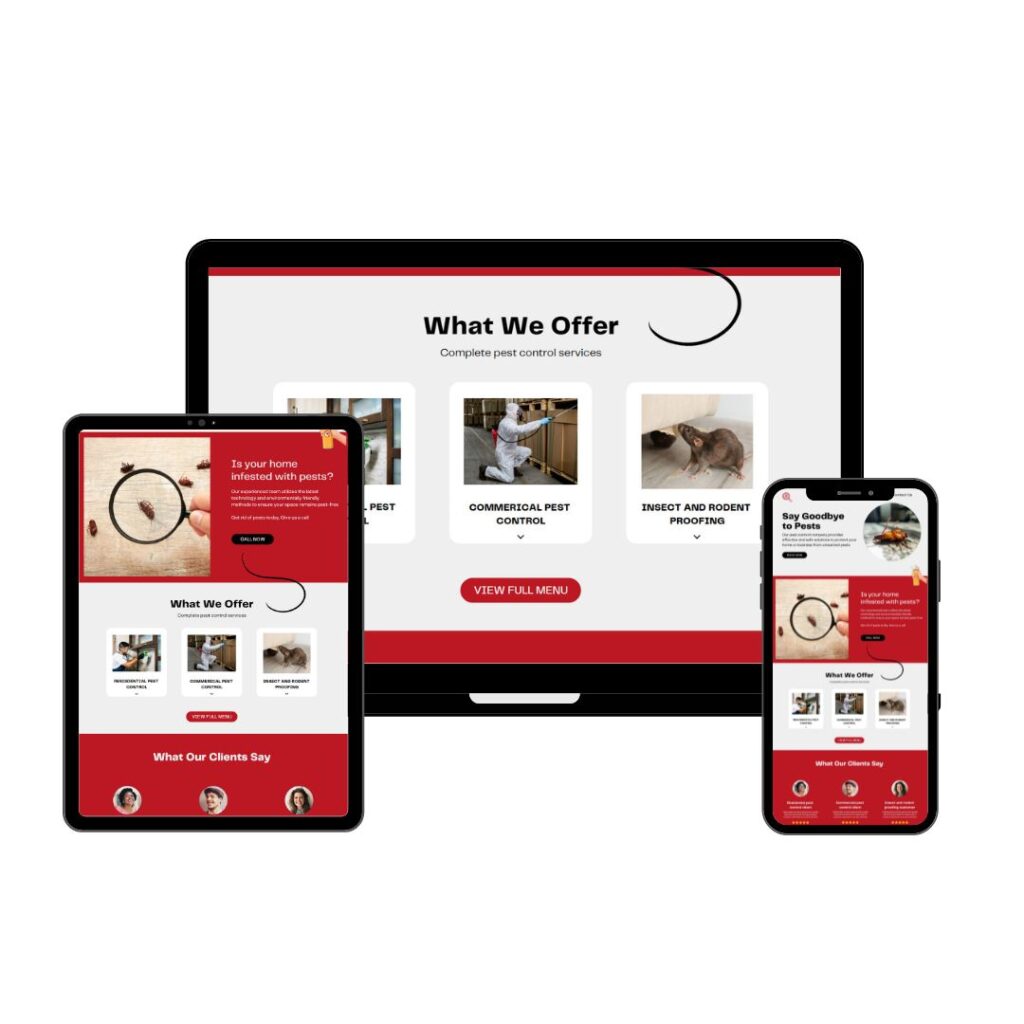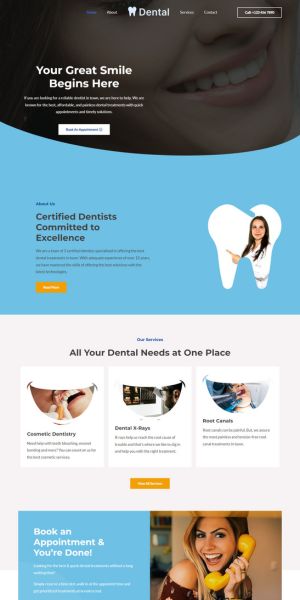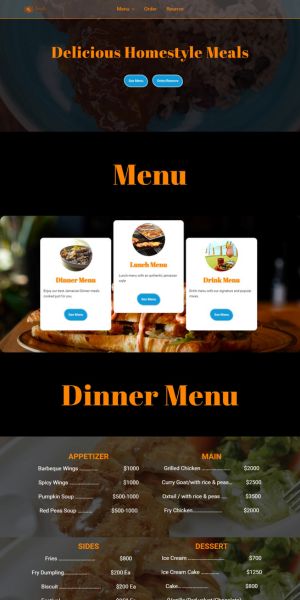Web design is an essential part of any online presence. Learn what web design is, how important it is to your online success, and the essential factors of good web design. With this article, you’ll gain a comprehensive understanding of web design and what makes a good website.
What is web Design?
Web design is the process of creating a website. It involves creating a website’s content, layout, look, structure, and overall user experience. Web designers use HTML, CSS, JavaScript, and other programming languages, to create visually appealing websites. Effectively making them easy to navigate and providing a great user experience.
Web design can also involve the creation of logos, illustrations, and other graphic elements that make up a website. Web designers aim to create an aesthetically pleasing, functional, and user-friendly website to attract online visitors.
A successful web designer must consider all aspects of the user experience, including the website’s content, layout, and overall design.

By focusing on the user experience and creating a website that is both attractive and easy to use. Web designers can help ensure the website is set up for success.
How important is web design?
In today’s digital world web design is vastly important for any business or organization. It is the first thing that potential customers or visitors to your website will see. So, it is essential to make sure it is visually appealing and easy to navigate.
Attractive web design can help increase customer engagement, boost website traffic, and ultimately drive sales. Furthermore, having a well-designed website can help build trust with customers and give businesses a competitive edge. Web design can be a great investment for any business and can help you reach your goals and objectives.
Why do people prefer well-designed websites?

People prefer well-designed websites because they are aesthetically pleasing and easy to navigate. Well-crafted websites also have the potential to increase user engagement. Studies have shown that people tend to stay on a website longer with a good design.
Additionally, a well-designed website can help to boost a company’s brand image and improve the customer experience. According to a study by Stanford, users often judge the credibility of a website within a fraction of a second of arriving on the page.
Also, 57% of website visitors said that the design of a website was the number one factor in determining the credibility of the company. Therefore, it is important for businesses to invest in a good website design in order to stay competitive.
What are some factors of good website design?
Good website design can have a huge impact on how successful your website is. Factors such as usability, accessibility, aesthetics, and responsiveness all play an important role in creating a user-friendly website. Let’s take a deeper look at each factor below.
Website Usability
Usability in website design is an important factor to consider when creating a website. It refers to how user-friendly a website is and how easily a user can navigate and interact with the site.
Usability includes factors such as ease of navigation, intuitive design, readability of text, the responsiveness of the website, and overall user experience. It’s important to ensure that a website is designed to be as user-friendly as possible in order to maximize user engagement and satisfaction.

Website Accessibility

Accessibility in website design refers to the practice of making websites and web content available to people with disabilities. Such as those with visual, auditory, motor, or cognitive impairments.
This includes creating websites that can be used with assistive technologies. Such as screen readers, providing content with high color contrast, clear and descriptive text, and an easy-to-navigate layout.
Accessibility also involves making sure that websites work well with different browsers, devices, and operating systems. By making websites and web content accessible, we’re helping to ensure that everyone has an equal opportunity to access the same digital resources, regardless of any impairments they may have.
Website Responsiveness
Responsiveness in website design refers to how well a website responds to different screen sizes and devices. A responsive website is designed to adapt to the user’s device size and provide an optimal viewing experience.
It should also adjust to different browsers, platforms, and orientations while still providing the same content and user experience

Responsive design also helps improve user engagement. As it makes it easier for visitors to find what they’re looking for regardless of the device they’re using.
All these factors contribute to an overall better user experience, which can result in increased website traffic and increased revenue.
What are some examples of well-designed websites?
There are many well-designed websites out there, but some great examples are shown above. All these websites feature stunning visuals and design, as well as intuitive user interfaces. Additionally, each of these websites are incredibly user-friendly and has incredibly efficient navigation. Do you need a professional well-designed website for your business? Contact us. We help dedicated business owners to build a credible online presence through functional websites.







